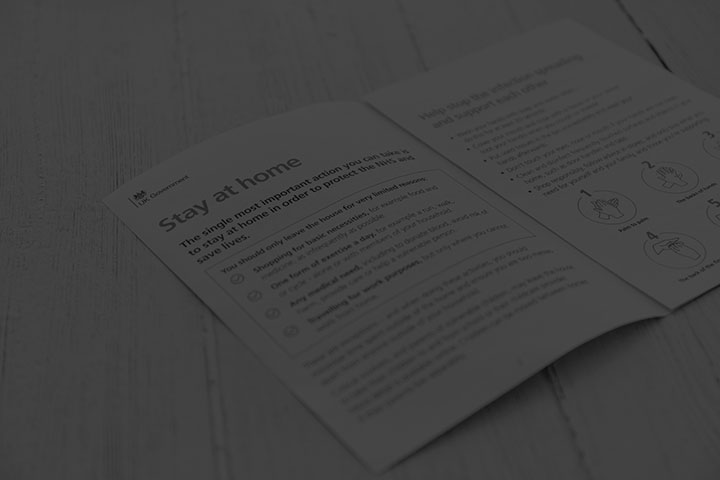Industry analysts projected the end of print marketing with the rise of social media and digital marketing. While there have been years of print media consolidation and publications closing their doors for good, there have also been new green sprouts emerging on the usefulness and effectiveness of print. Print is not dead; it has just evolved into a more meaningful and unique way to reach customers. Here are four benefits of print you should consider when developing your marketing strategy.
Establish a Physical Presence
According to Forbes, “print will continue to be valuable where there is a physical customer presence.” On the B2C side, print allows targeting with physical coupons and promotions. While daily circulation of newspapers has been falling in recent years, Sunday circulation has kept a lot of its strength as consumers look forward to new retail deals and offers. On the B2B side, companies that participate in trade shows and conferences can leverage print collateral as a “leave-behind” or “takeaway” for potential business leads. B2B businesses can also benefit by sending their product catalogs and information brochures directly to individuals that make purchasing decisions. For consumers, having a physical reminder about a company may be enough to encourage them to follow through on a promotion.
Tried and True ROI
Print media reigned supreme for generations as magazine and newspaper subscriptions as well as direct mail targeted the needs of their viewers. With this popularity, advertisers developed metrics to measure subscriber rates and media engagement, which gave a reliable indicator of return on investment. Despite the upheaval of the print media landscape, what has emerged is a very loyal subset of people that have continued their print media subscriptions. While there are less magazines and newspapers around, the ones that have survived have adapted and even grown. Furthermore, print media stays in circulation longer since many people hang on to their magazines and newspapers in their homes and offices.
Think Personal and Think Hyperlocal
One key differentiator between print media and other types of marketing is the ability to personalize the collateral. With direct mail campaigns specifically, companies can create unique offer codes for customers or tailor pricing and benefits to match the needs of potential customers. When comparing direct mail to email, direct mail has a much higher engagement and a much higher response rate than email. According to Inc. Magazine, on a given day consumers spend about 30 minutes reading through mail but only spend an average 11.1 seconds reading an average email. This might be because consumers are more likely be distracted while online or overlook email marketing campaigns altogether.
Another key differentiator is print media’s ability to be hyperlocal. Billboards are an often-forgotten media type; however, they can pay off greatly when advertising for a local branch of a larger company or for a specific retail location. Businesses can also focus their marketing efforts on local news publications and magazines to target a smaller community of customers. This geographic-specific method may have a higher engagement rate than doing geo-targeted digital advertisements.
While digital advertising is here to stay, print still has a lot of life left in it. By finding the right mixture of print and digital marketing methods you can reach more customers and have a more lasting impression on those customers. Plus, you can set yourself apart from your competitors who are focused on just digital advertising.
About Weber Associates
Weber Associates is a Columbus, OH-based consulting firm. Since 1985, we have blended the creativity of a marketing agency with the analytical rigor of a consultancy to help our clients solve real sales and marketing challenges so they can significantly grow revenues and customer loyalty.


